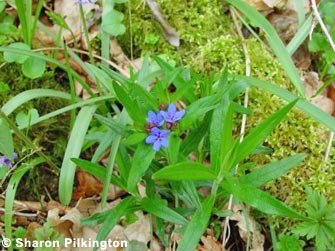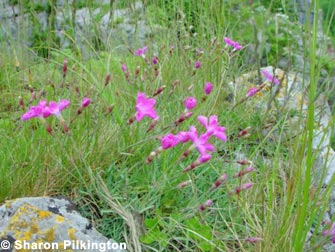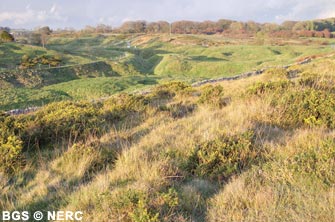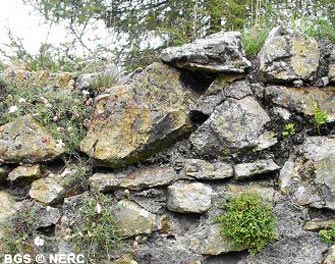
Flora and fauna of the Mendip Hills

The Mendip Hills are famous for their wild and unspoilt character, but they also they have a special and characteristic flora and fauna. A few species are found nowhere else in the UK, for example the Cheddar pink. The Mendip Hills also support nationally important populations of other rarities such as horseshoe bats, common dormouse, purple gromwell, starved wood-sedge, and certain mosses and lichens. Many nature reserves and other ecologically important areas have been designated Sites of Special Scientific Interest (SSSI), protected sites that are considered to be nationally important for their wildlife and geology. Furthermore, some sites have also been accorded Special Area of Conservation (SAC) status, by supporting certain habitats and species that are important in a European context.

Human activities on Mendip have strongly influenced the landscape, habitats and species that exist there today. The long history of mining and quarrying has created totally man-made habitats that are of particular value in an otherwise mainly agricultural landscape. However, the Mendips today are sparsely populated, and the hills have escaped the extensive modern development and human disturbance that has characterised many lowland areas elsewhere.

The rich biodiversity of Mendip is the result of many complex and inter-related factors. As each kind of habitat supports a characteristic flora and fauna, a mosaic of different habitats as found in parts of the Mendip Hills contributes to a greater overall diversity of species.

Traditional land management continues to preserve rich habitats that may have taken centuries to develop, and many wildlife-rich sites are linked by woodland, hedges, or dry-stone walls, thereby enabling species to move about and colonise new sites, or to maintain existing populations.
Limestone habitats are particularly extensive in the Mendip Hills, and diverse woodlands, cliffs, crags and caves are found in the gorges and ravines of the scarp slopes — at Cheddar, Burrington, Ebbor, and East Harptree in western Mendip, and in the Mells valley to the east. Because many of the soils on the slopes and scarps are shallow and rocky, they have escaped the plough, and centuries of sheep grazing have contributed to an extensive network of flower-rich limestone meadows. Agricultural intensification and changing land use in the second half of the twentieth century contributed to the loss of more than 90% of such habitats in Great Britain, so the Mendip resource is especially important.
- Home
- Overview maps
- Locality
areas
- Cheddar Gorge
- Charterhouse
- Blackdown
- Burrington Combe
- Shipham & Rowberrow
- Crook Peak & Axbridge
- Banwell to Churchill
- Priddy
- Harptree & Smitham Hill
- Draycott & Westbury-sub-Mendip
- Wookey Hole & Ebbor Gorge
- Wells
- Great Elm & Vallis Vale
- Mells & the Wadbury Valley
- The Vobster area
- The Whatley area
- Torr Works & Asham Wood
- Beacon Hill
- Stoke St Michael & Oakhill
- Holwell & Nunney
- Shepton Mallet & Maesbury
- Gurney Slade & Emborough
- The Nettlebridge valley
- Geology
- Minerals and mines
- Quarrying
- Caves and karst
- Biodiversity
- Detailed site information
- Acknowledgements
- External links
- Search
- Site map